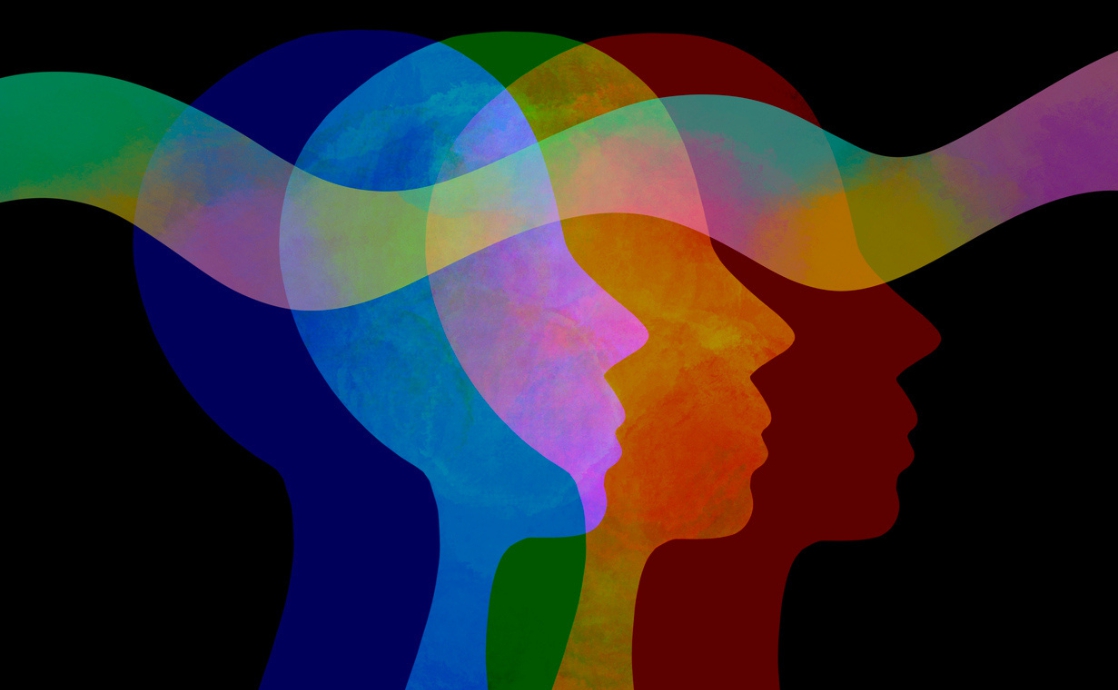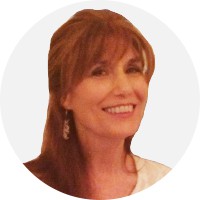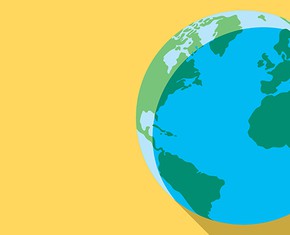The views expressed in our content reflect individual perspectives and do not represent the authoritative views of the Baha'i Faith.
This week, in my neighborhood near Sacramento, California, I visited the Smithsonian Museum’s amazing traveling exhibition about prejudice — called “The Bias Inside Us.”
Walking through a showcase of interactive displays and presentations (which you can also access online here) I realized the gravity of what even the slightest manifestation of bias could potentially generate.
In truth, the exhibition is all about addressing the root cause of every inequality, injustice, conflict and war that ever occurred in human history: human bias. The Baha’i teachings call bias the begetter of bloodshed:
… as to religious, racial, national and political bias: all these prejudices strike at the very root of human life; one and all they beget bloodshed, and the ruination of the world. So long as these prejudices survive, there will be continuous and fearsome wars.
RELATED: The Spiritual Journey from Selfishness to Selflessness
To begin with, the Smithsonian researchers speculated on why we as often well-intentioned people even have biases to begin with. What they discovered is that humans like to be part of a group — to feel that we belong and are accepted. Accordingly, we divide ourselves into groups that seem like us and make us feel comfortable.
When “stranger danger” suffused the Stone Age, this was originally a survival mechanism in the earliest eras of human life — but unfortunately, forming such alliances can lead to suspicion and even dislike of other unfamiliar groups. Bias, then, is a preference we feel either for or against another person or community. But even though we can develop some inherent biases at very young ages, we do not need to perpetuate them.
As well, the Baha’i teachings say, it is unjust for those in power to pander to our biases to persecute and oppress marginalized groups: “Man must be just. We must set aside bias and prejudice. We must abandon the imitations of ancestors and forefathers. We ourselves must investigate reality and be fair in judgment.”
So as well-intentioned as we may be, the Smithsonian exhibit points out that we all have bias, whether based on race, religion, gender, sexuality, class, age, ability, or even physical appearance. How do we circumvent this antiquated response in our brains? One of the insights I gained from the exhibit was that we all have split-second first impressions when we initially encounter someone new. Perhaps resulting from ancient responses based on survival mechanisms, these knee-jerk judgment responses are no longer warranted nor appropriate.
I’ve always thought I was pretty good at first impressions, but this interactive exhibit rightfully blew my beliefs away. It turns out that what we sometimes believe is a “gut” reaction or intuition upon first meeting someone, is purely a physical evaluation with no factual basis. Our brains simply react to symmetry or to some perceived strangeness. Studies prove that we respond more favorably to those who have physical qualities that we find attractive or are consistent with our own racial group or cultural familiarities.
These outward appearances have absolutely no bearing on each individual’s character or capabilities.
In fact, scientists from the Smithsonian project explain that the best way to find a capable new employee is to not see the candidate in person, but by evaluating each one only on their qualifications and merits. If this were the case, it would reduce bias-borne disadvantages for many people.
In other words, if we are truly objective, we have to accept that we are not objective.
No one wants to think that they judge others superficially, much less in racist, homophobic, sexist or ageist ways — but in order to bring about true awareness, checking our own biases is a start. We can’t always trust our brains or our instinctual, instantaneous assumptions. When we succumb to our subconscious biases by stereotyping, we close ourselves off to a wealth of beauty:
The diversity in the human family should be the cause of love and harmony, as it is in music where many different notes blend together in the making of a perfect chord. If you meet those of different race and color from yourself, do not mistrust them and withdraw yourself into your shell of conventionality, but rather be glad and show them kindness. Think of them as different colored roses growing in the beautiful garden of humanity, and rejoice to be among them.
As Abdu’l-Baha alluded in that passage, and as demonstrated in the Smithsonian exhibit, bias is a process that builds and grows over a lifetime. Babies respond to familiar voices even in the womb. Toddlers go on to relate to familiar languages, faces, and races. Parents pass along their own biases and friends bring their own preconceptions into relationships. To discontinue our biased presumptions it takes a concerted effort to break old patterns and fixed ideas. Integrating with all humanity and realizing that we are indeed all one family can help shatter bias.
RELATED: Responding to Stress with Spirituality
In Baha’u’llah’s book The Hidden Words, he reminds us:
O Children of Men! Know ye not why We created you all from the same dust? That no one should exalt himself over the other. Ponder at all times in your hearts how ye were created. Since We have created you all from one same substance it is incumbent on you to be even as one soul, to walk with the same feet, eat with the same mouth and dwell in the same land, that from your inmost being, by your deeds and actions, the signs of oneness and the essence of detachment may be made manifest.
I found the atmosphere at the Smithsonian exhibit to be welcoming to all, with interactive games, historical presentations, and poignant literary and artistic projects by local children and youth. The displays, backed by science, unequivocally proved the existence of our collective biases. So now that we know we all have bias, let’s start working on breaking those prejudices down, and begin to create a better world for everyone.
















Comments
Sign in or create an account
Continue with Googleor